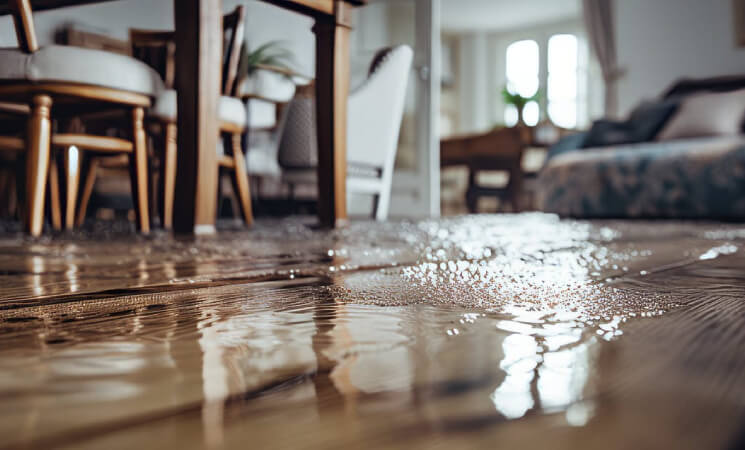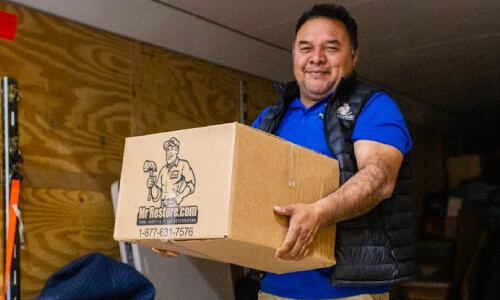No one wants their personal belongings to go missing during a move. However, this is possible when even if you’ve been careful when packing. This is especially true when using a moving company. That’s why you will want to be sure to create a household inventory to be sure that everything you sent with the movers comes back to you. Moving is stressful enough! If not, the inventory can be used to cover your losses or damages. However, that is not all a household inventory can do. Household inventories are perfect when you have a property emergency, such as severe storm damage, a house fire, or even theft. Having the inventory list will help you receive compensation for your losses. Finally, your inventory list can help you get an accurate quote for moving expenses and home insurance. If you simply guess, you may pay too much or get too little coverage. Mr. Restore has seen many families lose valuable items in fire, storm, and water damage, don’t let that happen to you! Here’s how to make a household inventory.
Take Note of Your Belongings
The first thing you need to do is make a list of your belongings. This can be done in a variety of ways.
- Create a list that contains a description, year purchased, and serial numbers if appropriate.
- Take photos of your items.
- Take a video of your items, using the audio to capture the year purchased and how much you paid for the item.
Be sure that you capture all your items. This includes looking inside drawers, cupboards, and closets. Although your moving company will provide you with a list, your own list will be more accurate. That is why it is important not to rely on someone else’s account of your belongings.
Add to an Existing List
If you already have a list created by your insurance company, begin with this list and add new purchases. Once again, be sure to list the date purchased, the cost of the item at the time of purchase, and any serial numbers. This will help the mover or insurance company determine the correct value for any missing or damaged items.
Take (a lot!) of Photos
Even if you create a written list, having photos helps provide a better description of the item. What should you photograph? Just about everything! We suggest taking a picture of the serial number for expensive items, such as laptops, televisions, and other electronics to ensure you will be compensated for the exact model.
- Every article of clothing
- All electronics
- All kitchen utensils, pots, pans, bakeware, etc
- Each tool in the garage and toolbox
- Contents of all drawers, closets, cupboards, etc
- All Furniture
Important Documents
Although you should not put the original documents with your inventory list, you should keep a copy of these documents. This includes:
- Birth certificates
- Wills
- Passports
- Marriage/Divorce Certificates
- Titles
- Insurance policies
- Immunization/medical records
If you don’t feel comfortable having these attached to a list, then copy them and save them electronically in the cloud so you can have access no matter where you are.
Copy the List
An important thing to remember is to copy the list you have created. If this is a digital product, be sure to make copies and store them in several places, including in the cloud. While moving, you should also keep a copy with you. By following these steps, you can create a household inventory list. Whether you need it for moving or due to a natural disaster, having this list will help you restore your possessions. If you have any questions about creating a household inventory, we have an extensive guide with tips and suggestions to help you get started. Mr. Restore has helped thousands of families over the last 50 years restore their homes after a disaster. If you suffer from an unfortunate disaster, contact the professionals at Mr. Restore immediately. We will walk you through the claims process and ensure your home is back to normal fast!






